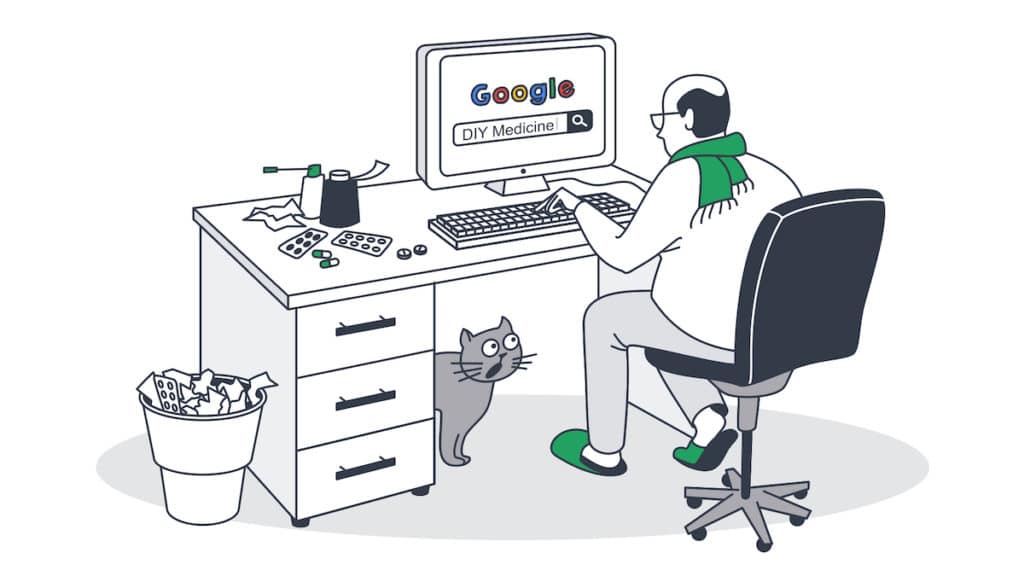
After the recent Medicare freeze lift, evaluating the true cost of administering services for GPs and Medical Specialists has become a very hot topic.
Many claim that the freeze lift is simply a half-measure. Due to rising costs, it’s becoming increasingly difficult for certain GPs and Medical Specialists to offer bulk billing. And several prominent voices within the Australian medical community are suggesting that rising out-of-pocket costs will prevent more and more patients from seeking medical care.
Consumers Health Forum of Australia CEO Leanne Wells claimed in a recent interview with the ABC that 1.3 million Australians had delayed seeing a doctor because of the cost.
Wells said, “It’s really concerning that consumers are delaying care because they can’t afford it. We know that if you’ve got an ongoing relationship with a GP, that equates not only to better care, but also impacts on people’s lifespan and morbidity.”
The big fear is that an increased trepidation to seek early treatment could have lasting ramifications for the entire healthcare system. Wells adds, “The fact that people aren’t able to take up referrals because of costs, or they’re having to face hard decisions about curtailing other aspects of their family budget, that’s a concern.”
To gain further insight, we decided to investigate whether these alarming sentiments in respect to consultation costs and patient attendance actually stack up, or whether the numbers tell a different story.
How much are patients paying for GP appointments?
According to a 2016–17 AIHW report, 1 in 3 patients who visited a GP paid out-of-pocket costs. Interestingly, the same report showed that GPs accounted for less out-of-pocket expenses than Specialists. For instance, in 2016–17, Australians spent $3.0 billion out-of-pocket on non-hospital Medicare services – 34% of which was spent on specialist services and 25% on GP services.
But exactly how much are Australians paying for the average GP consultation and how does this fare to how much they used to pay?
Well, digging into the Department of Health’s data that goes back almost three decades, we can see that there has been a steady rise in out-of-pocket costs for patients seeing GPs.
For instance, in 1993 the average out-of-pocket cost for Australians was $6.41. This increased to $12.46 in 2003 and to $28.58 in 2013. By 2018, the cost had risen to $36.50.
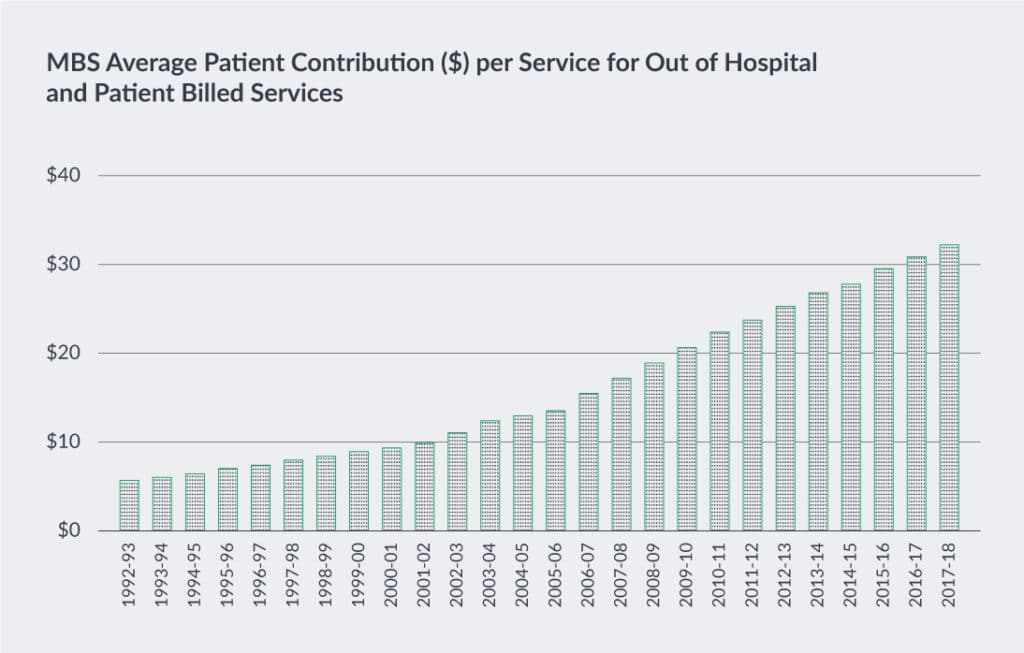
Source: The Department of Health
So costs have definitely been going up for patients. But how has this impacted how often patients visit their doctor?
How often are patients visiting their GP?
Despite rising consultation costs, there has actually been a small increase in the number of patients visiting GPs. This is evident in the table below, which shows the percentage of Australia’s population (over 15 years of age) who visited a GP in the past 12 months from 2009 to 2018. Attendance rose from 81% in 2009 to 84% in 2018.
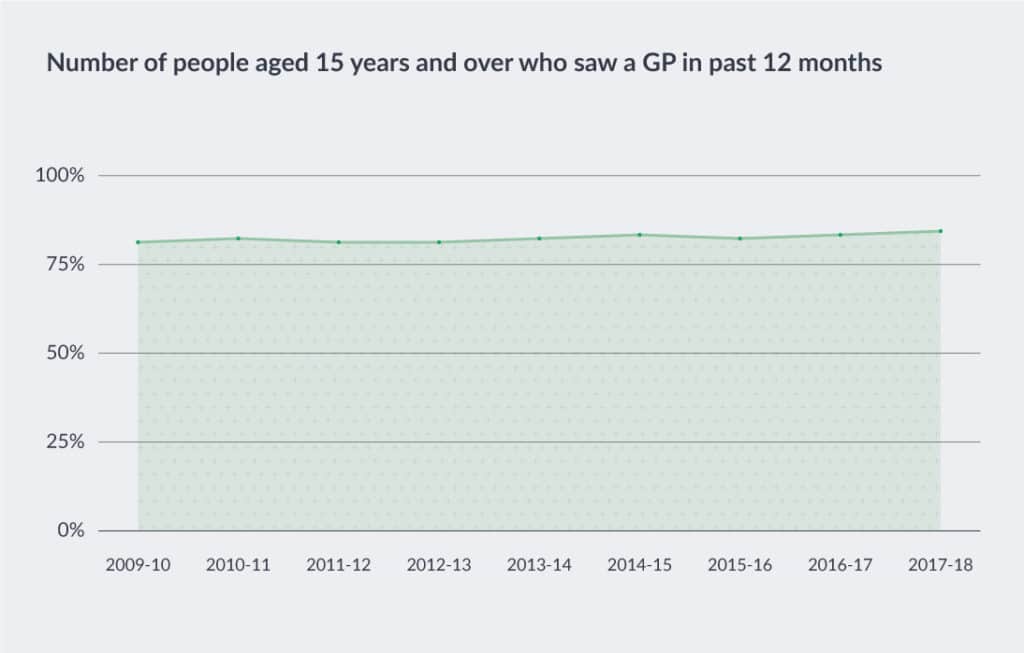
Source: Australian Bureau of Statistics
This begs the question: is the number of patients delaying seeing a doctor because of cost really such a new problem?
After all, despite a recession and a Medicare freeze occurring in the past decade, the percentage of people visiting their GP has slowly continued to rise.
But perhaps this has nothing to do with cost? After all, one reason to explain this increase in doctor visits could be that the number of over 65 year olds is also steadily increasing.
For instance, according to the AIHW, in 2017, there were 3.8 million Australians aged 65 and over (comprising 15% of the total population) an increase from 1.3 million (9%) in 1977. By 2057, it is projected there will be 8.8 million people (22%) aged 65 and over, and by 2097, 12.8 million people (25%) aged 65 and over.
Because of this, it makes it difficult to gauge whether people are actually more likely to put off seeing their doctor because of cost solely by looking at the above table.
The good news is that since 2010, the Australian Bureau of Statistics has been asking Australians directly whether they have delayed seeing a doctor because of cost in the past 12 months. These results are displayed in the table below.
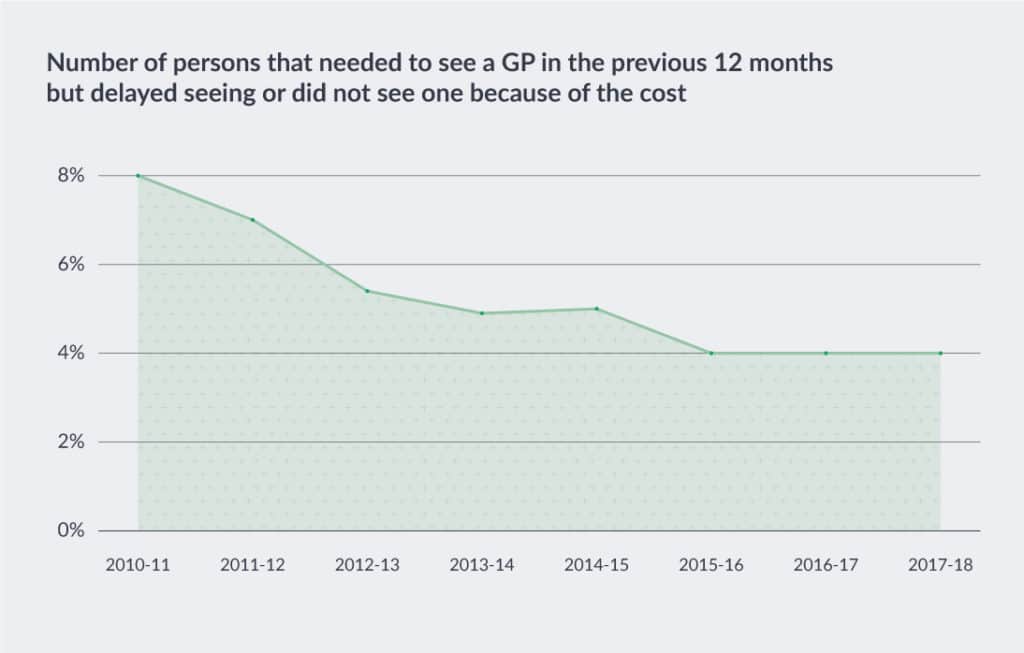
Source: Australian Bureau of Statistics
Interestingly, over the past decade, the numbers have improved enormously. Between 2011 and 2018, the percentage of people who delayed seeing, or did not see, a GP because of cost dropped by half, from 8% to 4%.
This makes it abundantly clear that despite rising out-of-pocket costs, less Australians are feeling the pinch of cost than any time in the past decade.
How is cost effecting patient visits to Medical Specialists?
Similarly to GPs, there’s been a general increase in patient attendance for Medical Specialists since 2010 despite rising costs. The graph below shows this general trend up.
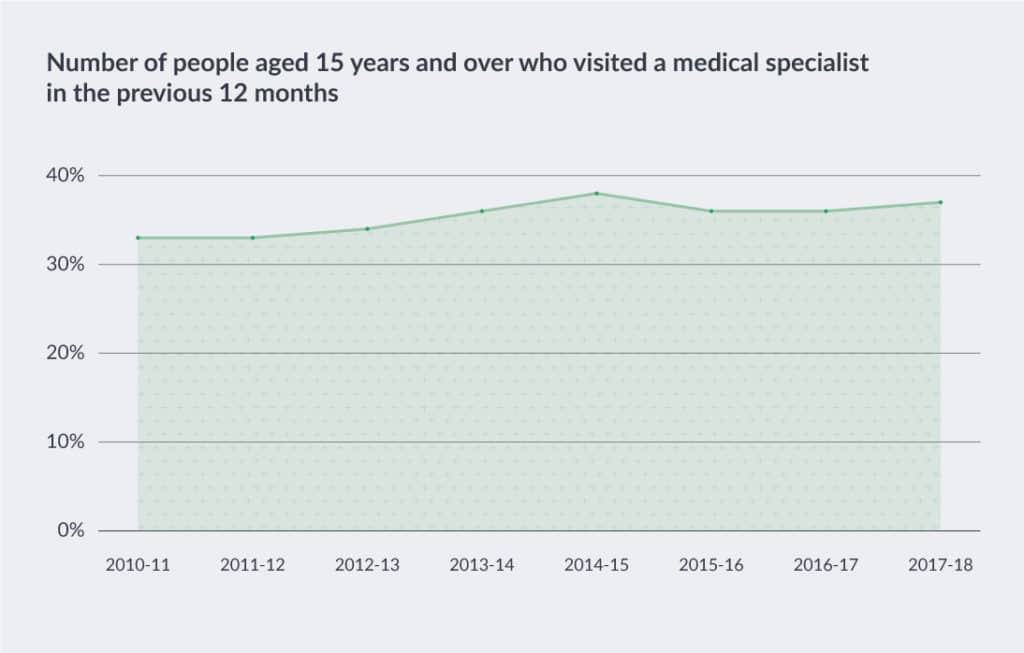
Source: Australian Bureau of Statistics
There has also been a slight decrease in the number of people delaying or avoiding a Medical Specialist appointment due to cost over the past decade. Although, it’s worth noting that the numbers have been relatively stable since 2011 when in one year there was a steep drop from 12% to 8%. Since then the percentage has been hovering around the 8% mark.
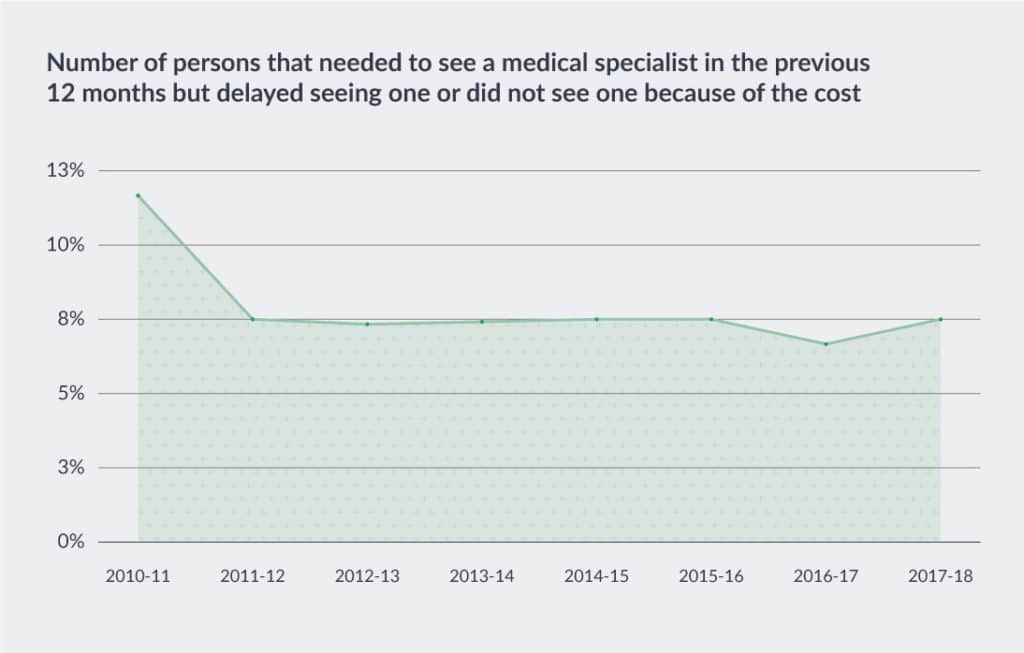
Source: Australian Bureau of Statistics
Summary
RACGP president Dr. Harry Nespolon recently called on the Government to take a more vested interest in the preventative care delivered by GPs.
He shared, “Governments need to understand that when it comes to healthcare, keeping people productive and healthy doesn’t happen within hospitals, it happens, every day, in the consultation rooms of local general practices.”
But, while Dr. Nespolen’s sentiments are well founded, we have to recognise that this problem of patients delaying doctor visits due to cost has been around for some time. After all, when we look at the numbers, we actually see that despite average consultation costs increasing, patients are visiting GPs in record numbers.
Still, this doesn’t take away from the fact that over a million Australians are delaying or putting off consultations due entirely to economic reasons. This really is the concern figures like Dr. Nespolen and Leanne Wells are pointing to.
While the recent Medicare freeze lift is a step in the right direction, more work needs to be done in order to identify and solve challenges within the current system so not just most Australians, but all Australians, can access quality healthcare.


